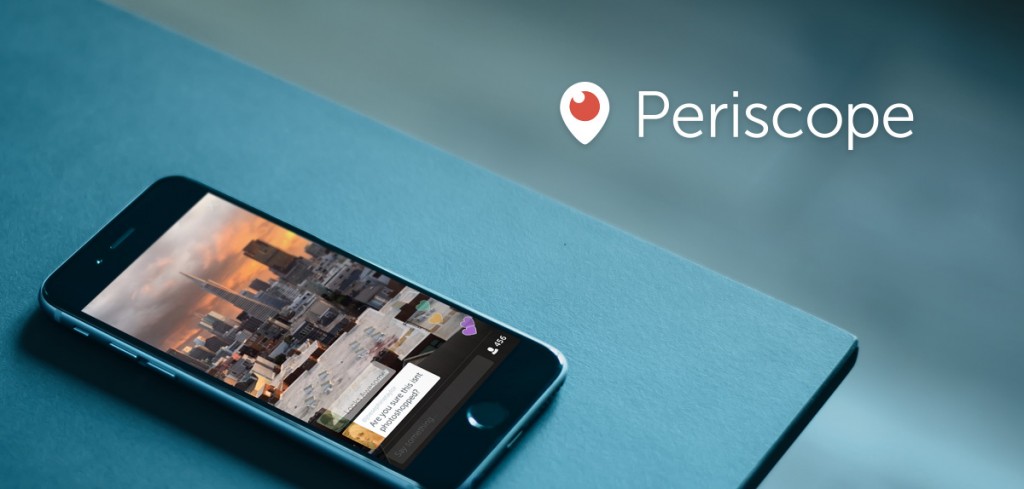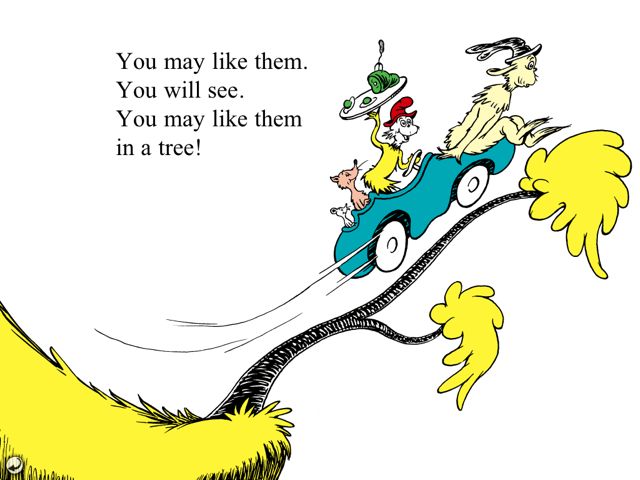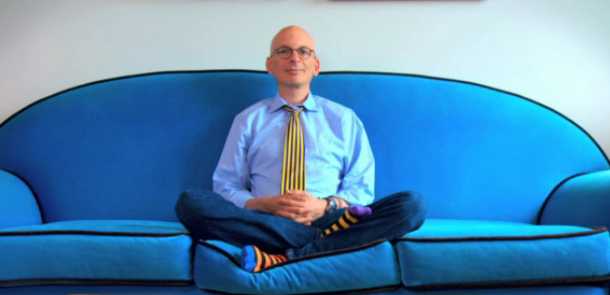Live streaming is nothing new, but two apps-Periscope and Meerkat-have made it feel that way recently. Periscope alone gained 1 million users in the first 10 days after its launch.
Nonprofits should be where there’s attention. Our stories need to be heard and seen. Here are a few things your nonprofit should be streaming on Periscope (my favorite of the two apps).
Your Mission In Action
Your supporters want to see your mission. They want to know (they need to know!) that you’re making an impact. Show them your nonprofit at its best: when people’s lives are being changed for good.
Q&A
This is a big one in the Periscope world. “Ask me anything!” Nonprofits can take advantage of this Q&A culture on Periscope to interact with supporters. Schedule a stream for fans to ask your CEO or ED questions. Let your HR team answer questions about your job openings and culture at your nonprofit. Find the dynamic personalities, stream them, and encourage two-way conversation.
The Things That Are Mundane (to You)
You might be surprised how a tour of your offices will get people excited. All the parts of your nonprofit that have become ordinary to you are probably brand new to your fans. Show the basics. Again, tying to your mission in action is a plus.
Anything You Want More People to Participate In
Your volunteer experience, your rally, your food drive. Show it. Even if it’s a sold out Gala, streaming can build excitement for the next time around. Try to show people what they’re missing out on.
Breaking News Updates
Why wait to shoot and edit a video? Even with a quick video team, live steaming is faster. After a quick prep meeting (because you still should plan out your Periscope streams), jump on and give an update. Combining this with a Q&A is great too.
How is your nonprofit using Periscope? Let me know on Twitter, on Periscope (@DrewGneiser), or in the comments.




